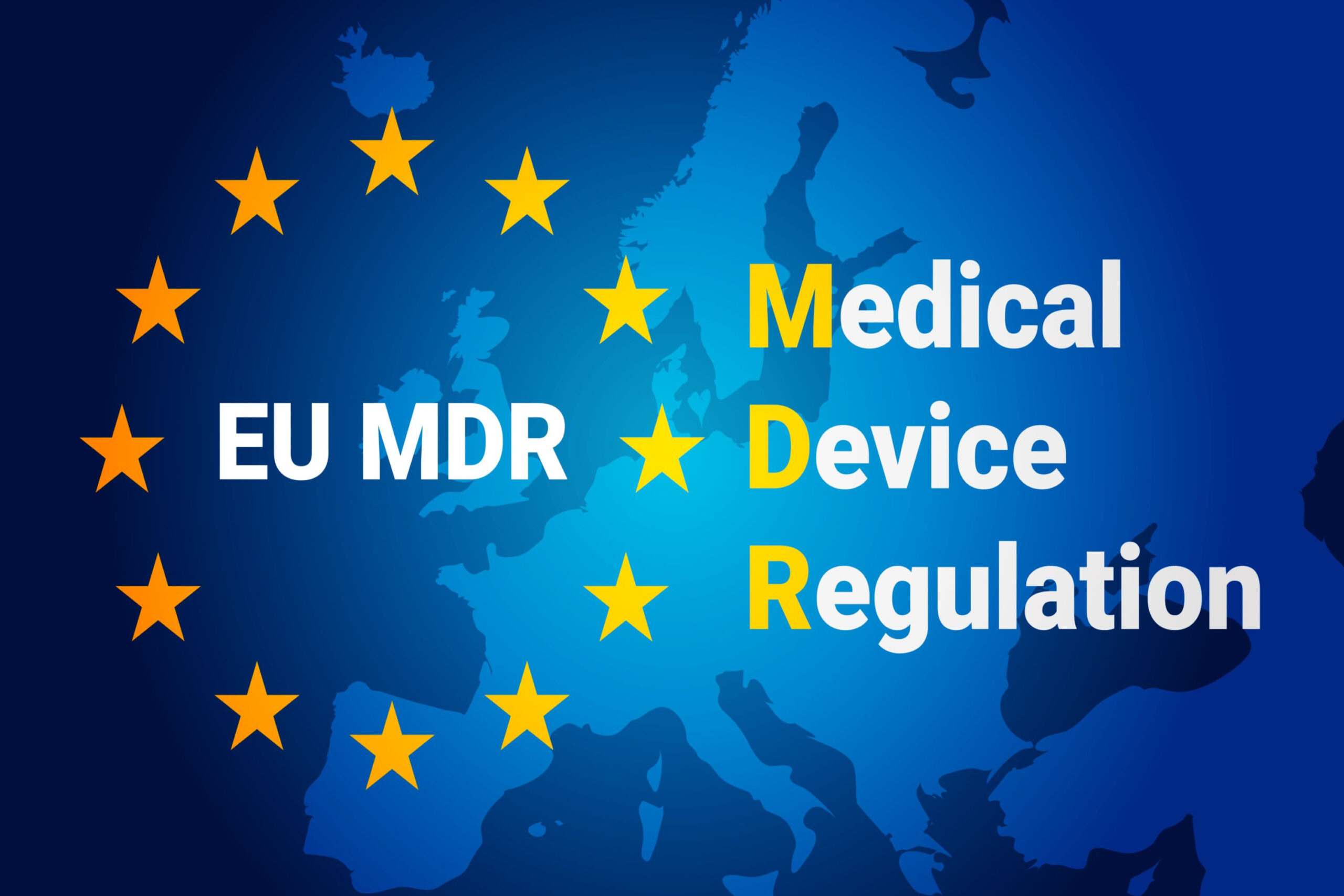
More than 85% of the 500,000+ devices certified under the Medical Device Directive (MDD) have not been issued certificates under the Medical Device Regulation (MDR), according to a new report on the European Union’s MDR implementation.
The Medical Device Coordination Group, an EU Commission working group that handles Notified Body oversight and standardization surveillance, in conjunction with the MedTech Europe advocacy group, released a grim report detailing how far behind medical device companies are at meeting upcoming MDR requirements.
The survey report focused on four main findings: challenges with certification under MDR, the number of companies that do not intend to transition their full portfolio to MDR, challenges faced by small and medium companies, and industry sentiment on deprioritizing the EU market.
The report findings are based on a survey conducted by MedTech Europe in April. Of the 475 responses, 102 were from large companies and 373 came from small and medium enterprises (SMEs). MedTech Europe estimated that the results represent 60% to 70% of market revenue coverage.
Devices Yet to Receive MDR Certification
The report indicated that only around 15% of MDD-certified devices had received MDR certification. MDD certificates for legacy devices expire in May 2024. The timing is problematic because, on average, it takes companies 13 to 18 months to receive MDR certification from Notified Bodies.
“Notified Bodies have been telling clients to get their application in at least 18 months before the MDD expiration date,” Michelle Lott of learnRAQA wrote in BONEZONE in May. “Therefore, manufacturers that do not submit their documentation by December 2022 risk having their product removed from the market.”
Regulatory overhauls are often done with a piecemeal approach, and MDR is no different. Industry says the rollout of guidance is causing their certification delay.
More than one in five companies reported a delay in certification due to a publication of new or revised MDCG guidance. Almost half of all delays led to some level of reworking. Large companies seem to be more impacted in this respect, MedTech Europe said.
Also, MedTech Europe listed these as the top five indicated challenges with Notified Bodies:
- Unpredictable certification time resulting in longer cycles, longer waiting time; this has consequences on the availability of devices and/or planned product launch dates
- Lack of predictability
- Lack of responsiveness
- Fragmented/ non-harmonized interpretations of the same requirements of the MDR among Notified Bodies and within Notified Bodies
- Fragmented/non-harmonized interpretations of MDCG guidelines
Companies Opt Not to Transition Portfolio
Of the respondents, 54% said that they do not intend to transition some of their portfolio to the MDR. This is in line with what orthopedic device companies have been telling us since the early days of MDR discussions.
On a figure mapping the categories of devices which respondents listed as the most likely to be impacted by reductions, “orthopedics, traumatology, rehabilitation and rheumatology” was at the top. Respondents mentioned that their decision was based on MDR-specific issues, including a substantial increase in costs to recertify and sustain certification under MDR, difficulties linked to clinical evidence for legacy devices, and capacity issues at Notified Body level and manufacturer level – notably, these were unavailable resources as opposed to increased requirements.
Across medical devices, those planning portfolio reductions foresee, on average, discontinuing 33% of their devices. Overall, manufacturers’ portfolios will be reduced by an average of 20%.
Small Companies More Challenged by Regulation
SMEs face more challenges in MDR implementation than larger companies, according to the report. At least 15% and up to 30% of SMEs have either no access to an MDR-designated Notified Body and/or one that is not yet designated to MDR. Notified Bodies used by large companies were indicated to be MDR-designated.
Progress to certification is slower than average, too, with only 7% of MDR certificates being issued to SMEs compared to 13% on average, MedTech Europe said. Survey data also indicated that while SMEs account for 26% of the total number of devices anticipated to be on the market by May 2024, they will need 40% of the total certificates.
Innovation to Leave Europe
Around half of respondents said they either already have or plan to deprioritize the EU market as the location of choice for first regulatory approval of new devices. This is not the first survey to report these findings.
“MDR has not supported innovation in the EU,” MedTech Europe wrote.
However, MedTech Europe warns that if the situation is not urgently corrected, it predicts that legacy devices across all categories will disappear from the market between now and May 2024.
“This survey clearly indicates an urgent need for immediate action by decision-makers to help keep needed medical devices available in Europe,” reads the last line in the report.
What Should Orthopedic Companies Do?
While the EU Commission extended MDR deadlines in the early days of the pandemic, it’s unlikely they’ll do it again.
Orthopedic device companies that have decided to prioritize the EU market must prioritize MDR. If you don’t, you risk losing your CE Mark. The second piece of advice Notified Bodies and regulatory advisors continue to share with us is that companies should stay in close contact with their Notified Body.
“Given the scarcity of Notified Body resources, companies should be in communication with their Notified Body to secure a review spot,” Lott said. “Technical documentation must be updated in full at the time the review begins or the company risks losing their place in the queue.”
If you’re seeking additional context, we put together these resources back in 2017 and 2018: Your EU Medical Device Regulation Guide, How the European Union’s MDR Will Impact Your Company’s Supply Chain.




